House hacking with Section 8 tenants offers a reliable income stream, as government subsidies cover up to 70% of rent, ensuring steady payments. You benefit from lower vacancy rates and longer tenant stays, reducing turnover costs. While rent caps and HUD inspections require attention, the financial stability often outweighs these challenges. Thorough tenant screening and proactive maintenance can minimize risks. Understanding this approach can reveal further strategies to maximize your real estate investment potential.
Key Takeaways
- Section 8 tenants provide reliable rental income with 70% covered by government housing vouchers.
- House hacking with Section 8 ensures consistent cash flow, even during economic downturns.
- Properties must meet HUD housing quality standards, ensuring safety and habitability for tenants.
- Longer tenancies reduce vacancy rates and turnover costs, enhancing financial stability.
- Rent caps under Fair Market Rent standards may limit income but offer payment security.
Understanding Section 8 Housing Assistance
Since Section 8 housing assistance is designed to bridge the gap between affordability and safe housing, it is essential to understand its mechanics and implications for landlords. You’ll find that Section 8 tenants benefit from federal subsidies, paying roughly 30% of their monthly income toward rent, while the housing authority covers the remainder through Housing Choice Vouchers. This guarantees a steady rental income for you, as the government portion is typically reliable and on time. However, keep in mind that housing authorities enforce Fair Market Rent limits, which cap the amount you can charge Section 8 tenants based on local rental market assessments. Additionally, your property must meet HUD’s housing quality standards, ensuring it’s safe and habitable. While compliance involves regular inspections, the trade-off is access to a pool of tenants with guaranteed rental support, reducing the risk of vacancy and late payments. Understanding these dynamics positions you to leverage Section 8 effectively. States like Texas and Alabama offer streamlined eviction processes, which can be beneficial if you decide to manage Section 8 properties.
Benefits of House Hacking With Section 8 Tenants
When house hacking with Section 8 tenants, you gain access to a reliable income stream backed by government subsidies, which minimizes the financial unpredictability often associated with traditional rentals. This guaranteed income ensures consistent cash flow, reducing the risk of missed payments and enhancing your financial stability. Section 8 tenants often stay longer, lowering vacancy rates and turnover costs, which directly benefits your rental strategies and improves overall cash flow. The program’s payment standards frequently allow you to charge higher rents than traditional market rates, making this approach financially advantageous. Additionally, HUD’s housing standards ensure your property remains in good condition, which can boost its long-term value. You also benefit from tax deductions related to property ownership and expenses, further optimizing your investment. Leveraging a supportive online community for investors can also provide valuable insights and resources to enhance your house hacking strategy. By integrating Section 8 tenants into your house hacking plan, you create a sustainable and profitable rental model with reduced risks and increased rewards.
Financial Stability and Guaranteed Rent

You gain reliable monthly income with Section 8 tenants since the government guarantees consistent payments, reducing financial uncertainty. By leveraging this program, you create a risk mitigation strategy that buffers against tenant income fluctuations or market volatility. The assurance of consistent payment allows you to plan long-term and focus on scaling your property portfolio.
Reliable Monthly Income
Section 8 tenants offer landlords a dependable source of monthly income, with 70% of the rent covered by government vouchers and only 30% paid by the tenant. This structure guarantees a reliable monthly income, as the majority of your rent comes directly from the government, reducing dependency on tenant finances. With Section 8 tenants, you’ll experience consistent cash flow, even during economic downturns, since Housing Authorities continue payments if tenants face job loss. Lower vacancy rates further bolster your cash flow, as these tenants often stay long-term. For example, renting a unit at $1,941 could mean 95% of that income is guaranteed through Section 8. HUD’s Fair Market Rent limits also allow you to charge higher rents in many areas, enhancing your cash flow potential without relying solely on traditional market conditions.
Risk Mitigation Strategy
By incorporating Section 8 tenants into your rental strategy, you markedly reduce financial risks while guaranteeing steady income through government-backed payments. This approach minimizes uncertainties tied to tenant instability and market fluctuations, creating a buffer against economic downturns. With guaranteed payments, you’ll see consistent rental income even if tenants face personal financial challenges. Diversifying your tenant base with Section 8 renters also lowers vacancy risks, as these tenants often stay longer, reducing turnover costs. Strategically, this method enhances your property’s financial stability by aligning with a reliable, long-term income stream. Utilizing accounting software like QuickBooks Online or Stessa can further streamline your financial tracking and reporting processes.
- Financial Security: Government-backed payments guarantee you’re insulated from tenant non-payment risks.
- Long-Term Stability: Section 8 tenants provide enduring tenancies, cutting down vacancy rates.
- Higher Earnings: Fair Market Rent rates often exceed traditional market prices, maximizing your rental income.
Consistent Payment Assurance
One of the most compelling advantages of Section 8 housing lies in its ability to provide landlords with consistent, guaranteed rent payments. With Section 8, tenants pay 30% of their income toward rent, while the government covers the remainder, ensuring financial security. Payments are issued directly by local housing authorities, mitigating risks tied to tenant job loss or financial instability. This system delivers predictable cash flow, as Fair Market Rent standards often exceed local market rates. Longer tenancies under Section 8 also reduce vacancy rates, enhancing income stability. You’ll avoid the uncertainties of traditional rentals, where non-payment can disrupt cash flow. A thorough rental market analysis can further optimize pricing strategies to maximize revenue and occupancy rates.
| Aspect | Section 8 Rentals | Traditional Rentals |
|---|---|---|
| Payment Source | Government | Tenant |
| Consistency | Consistent payments | Variable payments |
| Financial Security | Guaranteed rent | Risk of non-payment |
Potential Drawbacks and Challenges
You’ll face rent limitations that may cap your income below market rates, reducing potential cash flow. Regular inspections by HUD require your property to meet strict quality standards, which can lead to unexpected repair costs and delays in tenant placement. Additionally, tenant turnover risk can arise from program requirements or tenant circumstances, impacting your long-term rental stability. Utilizing a Long Term Rental Calculator can help assess the financial viability and potential ROI of Section 8 properties.
Rent Limitations
Even though Section 8 offers a steady source of rental income, the program’s Fair Market Rent limits can greatly curb your earnings, often falling short of what the broader rental market might command. You’ll find that HUD’s Fair Market Rent calculations don’t always align with inflation or local rental spikes, leaving landlords with stagnant income as costs rise. To maximize profitability, you must weigh the security of guaranteed rent against potential missed opportunities in the open market. Here’s what you’re up against:
- Strapped Earnings: Fair Market Rent caps often lag behind market trends, squeezing your cash flow.
- Inflation Gaps: HUD’s rates may not adjust quickly enough, eroding your purchasing power over time.
- Limited Flexibility: You’re locked into rates that may not reflect your unit’s true market value. Strategically, you’ll need to balance these constraints with the benefits Section 8 provides.
- Market Research: Understanding local rental rates through comprehensive market research can help you assess whether Section 8 aligns with your investment goals.
Inspection Requirements
Section 8’s inspection requirements impose a rigorous standard for landlords, demanding that properties meet HUD’s housing quality benchmarks both initially and annually. You must guarantee your rental is decent, safe, and sanitary before Section 8 tenants move in, with annual inspections to maintain compliance. If your property fails, you’ll need to make repairs promptly and may expedite approval by submitting a video of corrections. This process can feel burdensome, requiring additional paperwork and coordination with housing authorities beyond standard property management practices. Utilizing property management software can help streamline the documentation and coordination needed for these inspections. Proactive maintenance is vital, as failing to meet standards can delay payments or lead to losing Section 8 tenants. While these inspection requirements guarantee quality housing, they also demand meticulous attention and commitment to uphold the program’s standards.
Tenant Turnover Risk
Maintaining property standards under Section 8’s inspection process guarantees compliance, but tenant turnover introduces another layer of complexity for landlords. While Section 8 tenants typically stay longer, you’ll still face risks if their income changes or they relocate, potentially disrupting your rental income. The housing authority’s inspection requirements can delay re-leasing, as properties must meet HUD standards before new tenants move in. Additionally, market or economic shifts might affect tenants’ eligibility, leading to unexpected vacancies. Consider these emotional and financial impacts:
- Vacancy Stress: Delays in inspections can prolong periods without rental income, straining your cash flow.
- Re-Leasing Effort: Securing new tenants requires maneuvering through housing authority guidelines and tenant qualifications.
- Income Uncertainty: Tenant turnover can destabilize your income stream, especially during economic downturns.
Prepare for these challenges by understanding the Section 8 system and building a financial buffer.
Screening and Selecting Section 8 Tenants

When you’re screening Section 8 tenants, it’s critical to prioritize thoroughness and adherence to local housing authority guidelines to confirm eligibility and reduce risks. Start by conducting an extensive background check, scrutinizing criminal history, rental records, and creditworthiness. Verify your applicant’s income to confirm it aligns with the program’s requirements, typically not exceeding 50% of the area’s median income. Familiarize yourself with local housing authority income limits and tenant qualifications, as these vary by region. Leverage short-term lease agreements (2-4 months) to evaluate tenant compatibility before committing to longer leases. Network with experienced Section 8 investors to gain insights into effective screening strategies tailored to this tenant demographic. By methodically evaluating income, conducting robust background checks, and following local guidelines, you’ll minimize risks and guarantee a reliable tenant selection process. This approach safeguards your investment while meeting program standards effectively. Use tenant screening tools like RentPrep or CheckMyTenant to streamline the process and ensure comprehensive evaluations.
Property Management Considerations
Managing Section 8 properties requires a clear understanding of the responsibilities tied to compliance and tenant relations. You’ll need to maintain the property to HUD’s minimum housing standards, which include routine inspections and prompt repairs. Effective communication with local housing authorities guarantees you stay compliant and avoid penalties. Property management in this situation also demands meticulous record-keeping to document interactions with tenants and authorities, safeguarding you during disputes. Adhering to fair housing laws is non-negotiable, as violations can lead to legal consequences and strained relationships with tenants. Being proactive in addressing tenant issues is equally important, as Section 8 tenants often have unique needs and expectations. Here’s how to excel in this role:
- Stay Vigilant on Maintenance: Schedule regular inspections to catch issues before they escalate.
- Prioritize Communication: Build trust with tenants and housing authorities by being responsive and transparent.
- Know Your Rights and Obligations: Familiarize yourself with fair housing laws and HUD’s guidelines to protect your investment and reputation.
Real-Life Success Stories and Case Studies

While maneuvering through Section 8 housing can seem complex, real-life success stories demonstrate its potential to create reliable income streams and long-term financial growth. Real estate investing with Section 8 tenants offers house hackers consistent cash flow, lower vacancy rates, and stable tenant bases. For example, Jeff White’s lower unit generates $1,941 monthly with 95% covered by Section 8, ensuring financial stability. Avery Heilbron’s $525,000 duplex, financed through an FHA loan, yields $20,000 annually in cash flow. These cases highlight how Section 8 housing can turn properties into profitable assets. Additionally, many landlords report tenants who stay longer and often assist with maintenance, further enhancing the investment’s value.
| Investor | Property Type | Annual Cash Flow |
|---|---|---|
| Jeff White | Duplex | $90,000 |
| Avery Heilbron | Duplex | $20,000 |
| John Doe* | Single Family | $15,000 |
*Placeholder for additional case study.
Strategies for Maximizing Returns With Section 8
Building on the successes of Section 8 house hacking, you can optimize returns by strategically leveraging the program’s structures. Start by conducting thorough property analysis to identify areas where you can increase rental income, such as implementing a rent-by-the-room strategy. This approach can yield significant returns, as seen in cases where landlords earned thousands above traditional rents. Next, diversify your tenant pool to include Section 8 participants, ensuring a stable income stream and reduced vacancy risks. Finally, leverage unlimited access to tools like BiggerPockets Pro for rental pricing insights, allowing you to set competitive rents aligned with Fair Market Rent limits.
- Boost Your Income by $1,200+ Monthly: Rent-by-the-room strategies maximize earnings effortlessly.
- Ensure Property Quality and Tenant Loyalty: Regular HUD inspections maintain high standards.
- Secure Financial Stability: Section 8 tenants provide consistent, government-backed rent payments.
Conclusion
House hacking with Section 8 tenants is like planting a tree that bears consistent fruit; one landlord reported 100% on-time rent payments for five years straight. By leveraging guaranteed rent, you build financial stability, but success hinges on strategic tenant screening and property management. Think of it as cultivating a partnership—when done right, it yields long-term returns. Analyze your market, mitigate risks, and you’ll access a reliable income stream.




